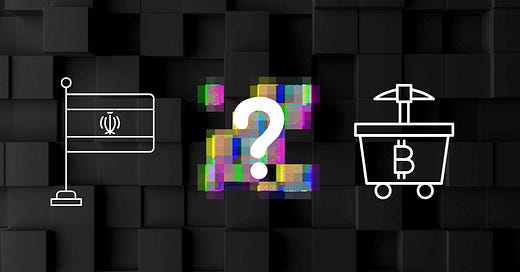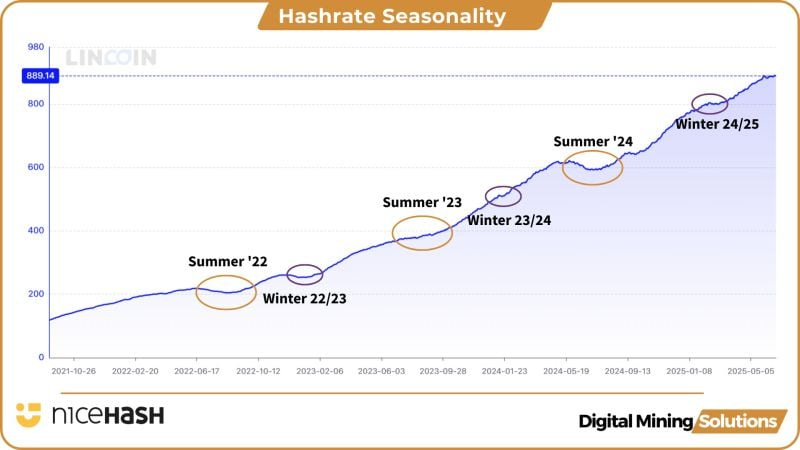Gm Bitcoin investors,
Yesterday, we launched the Simple Mining Referral Program
If you have found value in our hosted mining service and know others like yourself, this program is for you.
The launch terms are as follows, subject to change:
You must have access to the client dashboard to generate a referral link/code
Share your referral link with anyone to purchase miners.
Both referrer (you) and referee (friend) earn credits for the initial referred sale.
Earn $100 credit for each $10,000 referred.
Credit can be applied to monthly hosting bill or qualifying miner purchase
So if you referred a friend who spent $2M on S21+ hydro miners, both you and person you referred would receive $20,000 in credits.
There is also the Referral Leaderboard:
The competition will run every quarter. The top 3 referrers on September 30th 2025 will win:
Simple Mining Merch pack (3rd place)
$1000 credit (2nd place)
50% off a new miner (1st place)
We are actively making updates to the program logic, and terms are subject to change.
If you have any questions about the program, email billy@simplemining.io
Hashrate was around 950 EH/s on Saturday, June 15th.
It has since dropped ~ 15% to 800 EH/s.
As I'm sure you are aware, around the same time, the U.S. sent bombers to blow up Iranian nuclear sites.
There is a theory going around that Iran was mining Bitcoin near the bombed site:
There is some nuance to understand before jumping to conclusions.
Let's start with how hashrate is calculated.
There is no way to know with 100% certainty what the total network hashrate is at any given point in time.
Hashrate is inferred, not observed.
Hashrate (hashes per second) = (Difficulty level * 232 ) / 600 seconds
Based on this formula, hashrate is estimated based on the difficulty level and block times.
If blocks are being found faster, then we could estimate hashrate has increased.
If blocks are being found slower, we could estimate hashrate has decreased.
We do know blocks are being found slower, as the difficulty is on pace to adjust lower:
This would be the largest negative difficulty adjustment since the 2021 China mining ban.
If we do get this big of a downward adjustment, then there is a case to be made for a secret Iran mining operation.
This interview would suggest Iran has as much as 2 GW of undercover Bitcoin mining.
The drop has mostly been attributed to summer curtailment.
With summer comes heat, and with heat comes people using their air conditioners.
This means utility providers and power producers need to reroute electricity to keep up with the demand of the grid.
Bitcoin miners voluntarily curtail operations when the grid is demanding more, as they are buyers of last resort.
They have demand response agreements with energy partners to help balance the grid and achieve favorable power purchase agreements.
We can see temperatures are ramping up in Texas, where most of Bitcoin mining takes place:
Summer curtailment has historically been responsible for 2-5% drop in difficulty.
If the adjustment is closer to 10%, this could signal mining infrastucture in Iran may have been disrupted.
Time will tell.
Whatever the main cause is, the bottom line is this is bullish for miners currently plugged in.
A negative adjustment of this size means each individual hash will have greater impact.
Less hash competing for each block reward could mean higher payouts, depending on the pool.
We partner with NiceHash and Ocean to help clients maximize transparency and profitability.
Have a good week✌️









